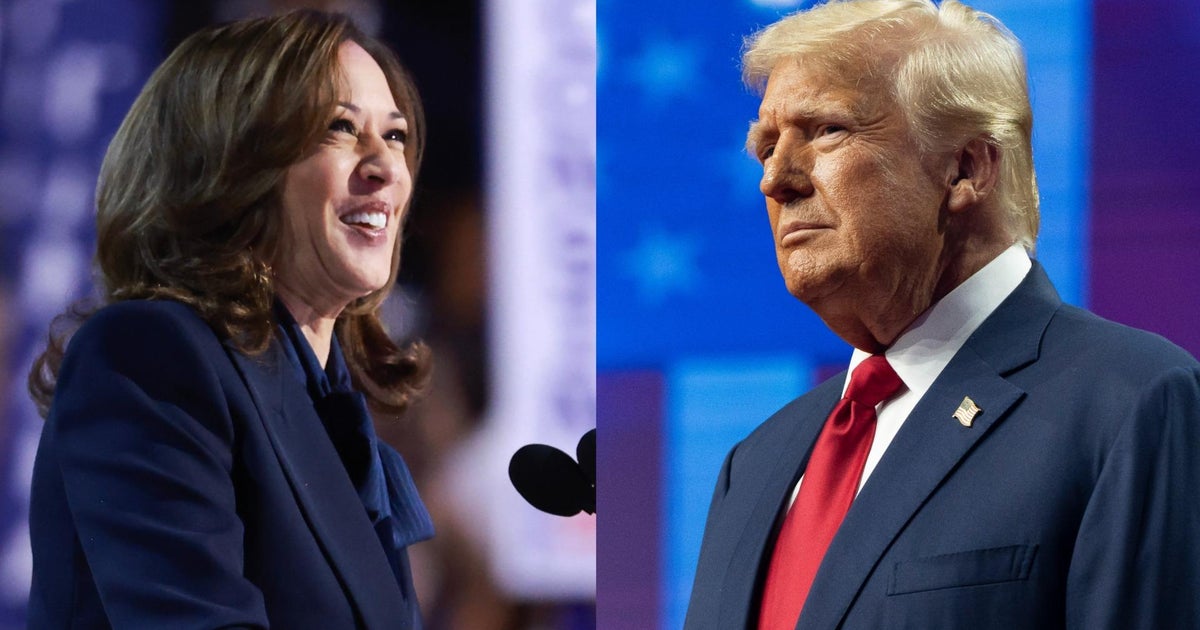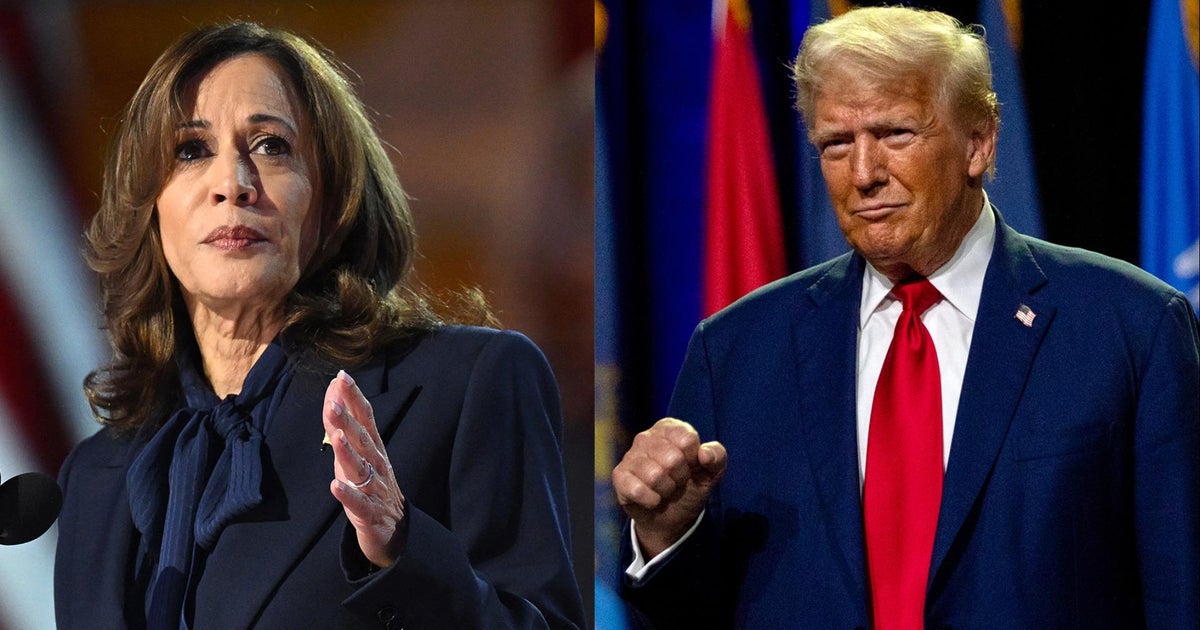Washington — Around 97% of eligible voters can vote ahead of Election Day this year, marking a major change from just a couple decades ago, according to areportreleased Tuesday by the Center for Election Innovation & Research, with experts saying the increased early access bolsters election integrity and protects against misinformation.
In 2000, just 40% of eligible voters could cast their vote before election day, but in 2024, Alabama, Delaware, Mississippi and New Hampshire are the only states that aren’t offering an early-voting option, with the number of states with the option rising from 24 in 2000 to 46 this year. And in 36 states and Washington, D.C., voters also have the option to vote by mail without being required to provide a specific reason.
David Becker, executive director of the Center for Election Innovation & Research and CBS News election law contributor, said that in 2000, 60% of all voters had no option but to vote on Election Day, “a single Tuesday in November.” But options have since expanded.
“This trend has been good not only for busy voters, who can choose when to cast their ballot, but also for election integrity, as it makes our system more resilient against Election Day problems, disinformation, and technical issues,” Becker said.
Meanwhile, the percentage of total ballots cast before Election Day has risen over that time period — from 14% in 2000 to 50% in the 2022 midterm elections. And the increase is expected to continue this year.
The report comes amid some efforts primarily in Republican-led states to restrict access to early voting and voting by mail, warning of voter fraud. But the trend has moved the opposite direction, making voting more accessible to Americans as state governments led by both parties have implemented legislation expanding options to vote over the last few decades.
According to the report, giving voters options to vote ahead of Election Day enhances election integrity by reducing the impact of technical issues that may arise on the day and lessening the chances that voters are influenced by disinformation.



